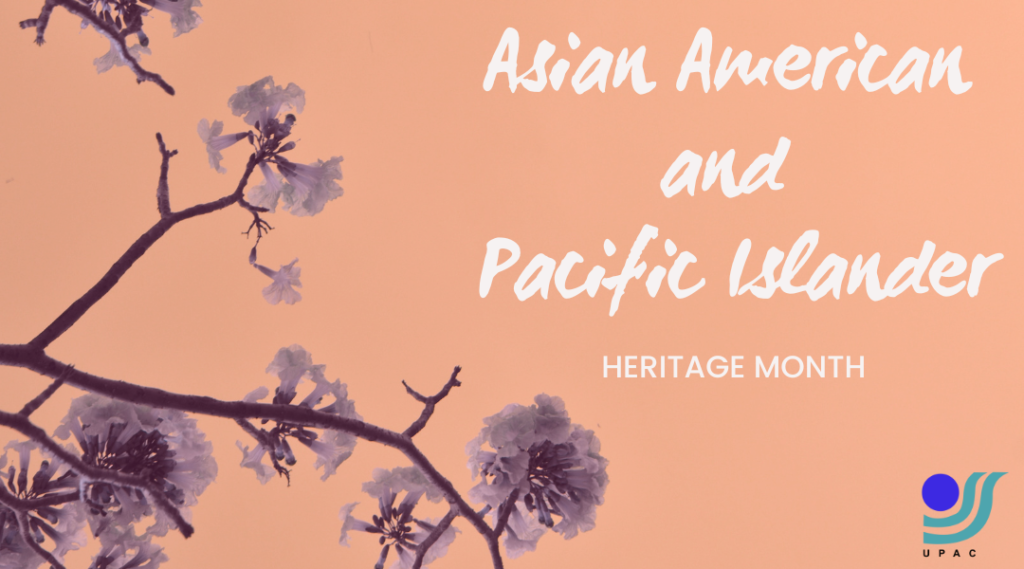AAPI History Month
Written by: Cas Hom, SDSU Asian Pacific Islander Social Work Association

In the United States, the month of May is designated as Asian American and Pacific Islander Heritage Month (AAPI Heritage Month). First introduced by Jeanie Jew, a Chinese American staffer on Capitol Hill in 1976, AAPI Heritage Month is meant to recognize the contributions and influence of Asian American and Pacific Islanders to the history and culture of the US.
May was chosen to commemorate several significant events in AAPI history, including the migration of the first immigrants from Japan to the US on May 7, 1843 and the completion of the transcontinental railroad by about 20,000 Chinese immigrants on May 10, 1869.
The umbrella term of “AAPI” encompasses a multitude of different cultural and ethnic identities. According to the US Census Bureau, Asians and Asian Americans have “origins in any of the original peoples of the Far East, Southeast Asia, or the Indian subcontinent including, for example, Cambodia, China, India, Japan, Korea, Malaysia, Pakistan, the Philippine Islands, Thailand, and Vietnam”. Pacific Islanders are people who descended from the islands of Polynesia, Micronesia, and Melanesia. This classification includes, but is not limited to people from Native Hawaii, Samoa, Tahiti, Guam, Fiji, and Papua New Guinea.
During AAPI Heritage Month, we celebrate and share our culture, stories, traditions, struggles, and joys. It is a time for celebration, community, and family. Although AAPI Heritage Month has passed, we work to continuously cultivate, celebrate, and uplift the AAPI community.
References:
https://www.diversityinc.com/the-woman-behind-asian-american-and-pacific-islander-heritage-month/
https://www.history.com/topics/holidays/asian-american-pacific-islander-heritage-month







